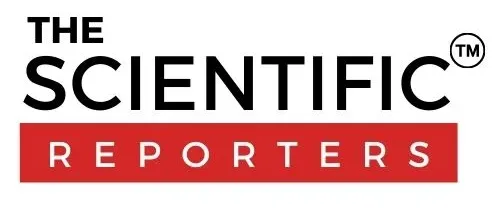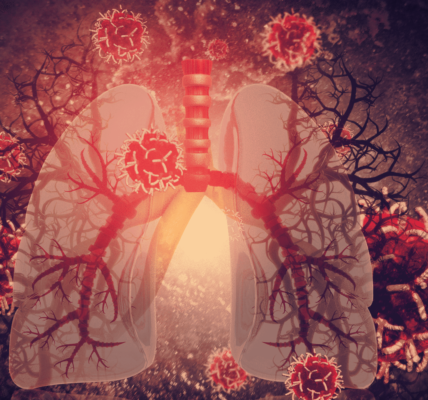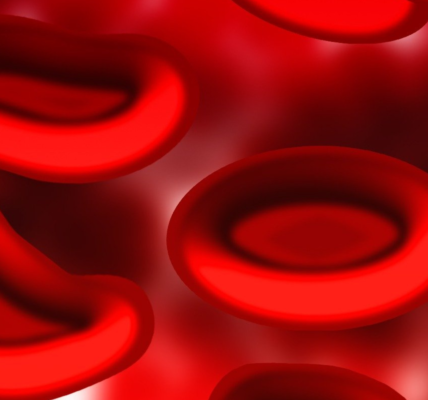There are 3 main types of T cells: Cytotoxic, helper, and regulatory T cells. Cytotoxic T cells have CD8 as a co-receptor on their cell surface whereas, CD4+ T cells are divided into Regulatory T cells (Treg) and Helper T cells also known as self-reactive T cells i.e. T effector cells (Teff). Treg cells are in charge of
suppressing the potentially detrimental activities of Teff cells. The initial function of Treg cells is to anticipate autoimmune disorders by maintaining self-tolerance.
A new finding shows that Teffs that falsely encounter their own healthy cells instead of infected cells which can cause an inflammatory or autoimmune response are cut down by Tregs. Just before the cell division process, Tregs interfere with the protein manufacturing machinery of the Teff cells which directly affects the mass production of protein. This will minimize the required number and size of the Teff cells in order to maintain the magnitude of the immune or inflammatory response. Also when there is loss of function or number occurs in Tregs, it will lead to major self-reactive activity which is also known as hyperinflammation. The way Treg cells work to defeat the activity of Teff cells might be very much
helpful in the near future for drug therapies if in case the Treg cells are functionally
inactive.
The activity of Treg cells over Teff cells
The strategy by which the Treg cells control the population of Teff cells was recently carried out in the immunology labs of Ram Savan and Steven F. Ziegler. A new technique was invented which is called SPEED. This technique can detect the observable changes that occurred in the protein production of the Teff cells. Their research has been published in the Journal of Experimental Medicine. Thymus is the origin where T cells are primarily formed and at this position, only the self-reactive T cells are recognized and filtered out from the system but somehow some Teff cells escape from this process and move to another location in the body. It has the ability to self-multiply and causes inflammatory response or
autoimmune responses in the body. It will lead to an increase in the cell signaling pathways due to the presence of pathogenic organisms or Teff cells. These signaling pathways mainly induce the number of white blood cells to dilute the pathogens so that the host will remain disease free.
As a corrective action to ensure that Teff cells do not cause uncontrolled inflammation or autoimmunity, the Treg cells mostly use the combination of two forms of cytokines, Interleukins-10 (IL-10) and translational growth factor beta (TGFß), to break down mTORC1 signaling pathway which is highly activated in Teff cells. This breakdown of the pathway will inhibit certain kinds of mRNA which help in protein formation with help of a chain of amino acids. Due to the deactivation of mRNA processing, fresh protein will not be formed to carry out the further activity of Teff cells. Thus by blocking the major cycle in Teff cells, Treg cells can reduce the inflammatory and autoimmune response by keeping them
within limits.
When the body faces a sudden loss in the number of regulatory T cells, at that time protein production in Teff cells increases at its maximum level to stock up the protein for further cell division process. In that case, scientist comes to know that they can tamp down the protein synthesis in Teff cells with the help of a small molecule inhibitor called Rocaglamide-A or RocA (This chemical was isolated in China from a plant called Large-leaved Aglaia). This chemical also might have other therapeutic activities. Just like Treg cells, this chemical is also able to inhibit the translation of protein that occurs in Teff cells to shut down the inflammatory and immune response as well.






















